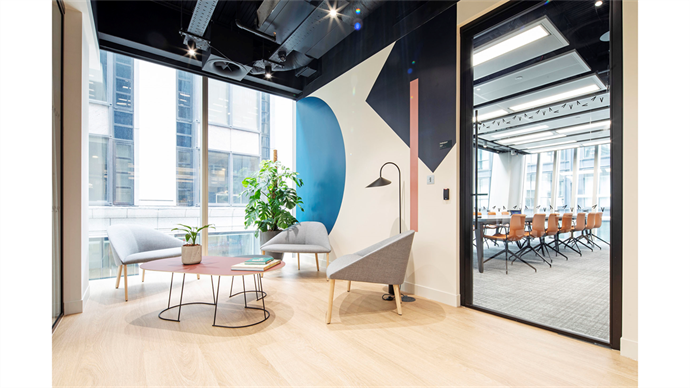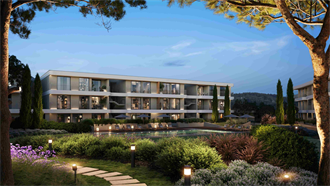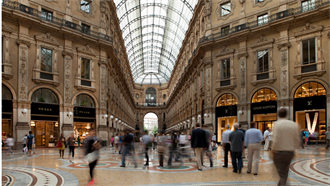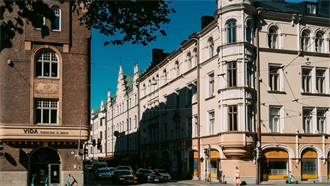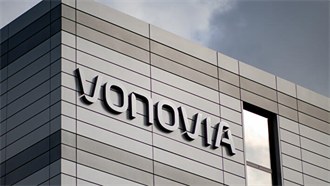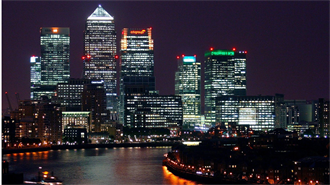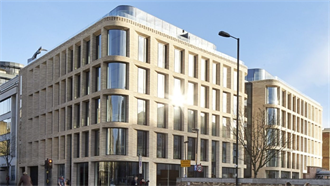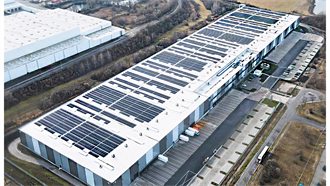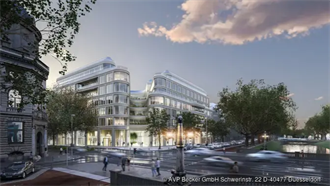As employers work out the best way for staff to return safely to the office, one flexible office provider’s innovation council is introducing a comprehensive guide. With a focus on health & wellness, Hana Innovation Partners’ (HIP) Ultimate Meeting Guide is a tool that addresses health and safety, collaborating with newly remote employees, and workplace design.
HIP launched in August 2020 under the umbrella of Hana, the flexible office provider of global property services giant, CBRE. According to Andrew Kao, Hana’s VP of Product and Design, the group of early collaborators was “willing to join us on our mission to re-envision how work gets done.”
The founding partners of HIP represent expertise in technology and collaboration (Samsung), ergonomics and design (Herman Miller), fit-out and construction (Structure Tone) and workplace configurations and acoustics (Muraflex). While the initial conversations about forming HIP predated Covid-19, the group’s purpose gained extra relevance and urgency as a result of the pandemic. It was a natural evolution for HIP to convene a working group to flesh out exactly how it could facilitate face-to-face meetings.
“We immediately dove into the considerations around health and safety, and what that meant in terms of our spaces,” says Andrew Kao, vice president of product at Hana. “At the end of the day, meeting in person still carries a lot of value, so that's why we decided to focus on how people come together, how we provide these safe environments, so that we can enhance moments of collaboration.”
Firstly – and most pressingly – the guide provides practical advice on how meetings can be conducted safely. Companies, it underlines, will need to “educate and equip employees and collaboration spaces with tools and visual cues to create a healthy and comfortable environment.” According to Kao, the point isn’t just to keep people safe, but to make them feel safe.
Jennifer Taranto, Director of Sustainability at Structure Tone adds, “Employees are newly educated about workplace health and safety and are now hyper-aware of the cues that tell them they are in an environment where their health and safety is a top priority.”
Taranto continues, “Workplace certifications such as LEED and WELL, when paired with signage making occupants aware of certain cleaning standards and protocols in place, signal to employees that their employer is placing importance on individual and environmental wellness.”
The guide also acknowledges that hosting successful meetings in the wake of the coronavirus requires an understanding of the fundamental shift in working practices. Employees have found working from home, at least part of the time, have helped them maintain a better work life balance – leading to employers needing to accommodate for remote workers. Offering employees the ability to work both at home and at the office as well in a variety of office locations during the day will continue to increase employee satisfaction.
“Flexibility in where and how employees work will continue to be in-demand post pandemic,” says Melissa Harmening, Sales Manager at Herman Miller. “Ensuring remote participants are able to be as equally involved in the meeting as in-person members through proper meeting room design and technology, is crucial to the effectiveness of the meeting and wellbeing of the participants.”
When employees do choose to go into the office, the guide touches on meeting room design needing to play a large role to help ensure employees’ time in-office is well spent and not stressful. There are a variety of ways to help companies enable configurable meeting spaces to match each specific use case – from intuitive layouts to configurable partitions and furniture. To make configurable meeting rooms as seamless as possible for employees, the guide recommends hiring facility managers and workplace experience teams to first assist with challenges with ineffective workplace design and then assist with setting up the workstations and training employees on making adjustments.
Taranto adds, “rethinking the purpose of meeting rooms for each specific use case is even more important as in-person meetings, with remote participants, are held with that much more intention.”
Since the COVID-19 pandemic, health and wellness have been a larger concern that play a role in an employee’s safety and sanity. By providing a safe and well-designed environment with great service, and best-in-class technology, employees will be productive and happy.

